7 July bombings: Lessons for services and transport
- Published
'Radical change' after 7/7 bombings
I remember walking into the newsroom at about 09:00 BST on 7 July 2005 and it was in a frenzy.
I was sent out straight away and jumped in a cab to Liverpool Street.
I'm guessing I got there at about 09.30. From what I remember, it seemed pretty normal when I arrived. There wasn't much of an indication that anything had happened.
Slowly though, commuters who had been caught up in the blast started walking out of the station. They were covered in soot and looked completely bewildered.
A few ambulances were there but then the mobile phones went down and long queues started forming outside phone boxes. Eventually more police arrived and the cordons went up.
While all this was happening the emergency services and underground staff were dealing with horrendous scenes inside.
Criticisms
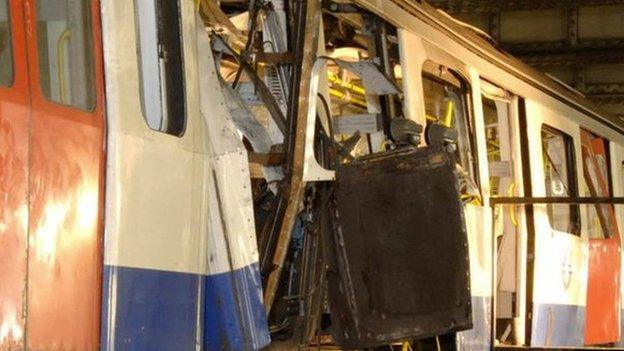
New radio systems have been introduced on the London Underground
The bombings changed London and the organisations which dealt with them.
In the following weeks and months there was some criticism of the way the emergency services dealt with the blasts.
The main concern was poor radio communications in the tunnels which saw some workers having to shuttle messages up and down the tunnels on foot.
The London Assembly called the radios "inadequate" or "non-existent".
Some ambulances were also sent to the wrong locations due to a lack of co-ordination at the stations.
There were other delays at the bomb sites as some emergency services were not told if the track power was off and without that clarification they could not go on the tracks.
Changes
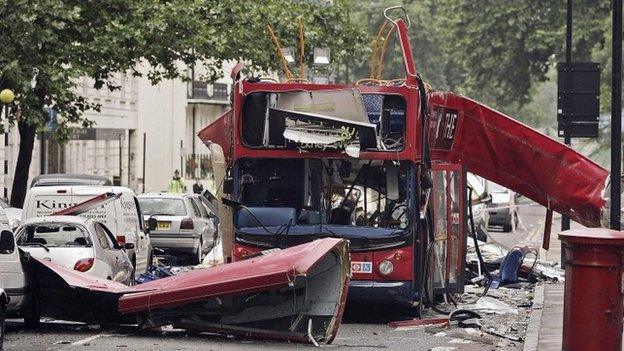
The Tavistock bus bomb claimed 13 lives
Since 2005 there have been changes at London Underground (LU) and London Fire Brigade, the biggest of which is probably the introduction of new radio systems.
LU said: "These systems give every Tube staff member a personal radio and the ability to contact any other. They also allow the broadcast of centralised messages from control rooms to any number of staff across the network.
"There are no gaps in coverage above or below ground."
There has also been a big re-organisation in incident management. Key command areas - power, communication systems for radios and British Transport Police - are now located next to each other in the same command centre.
In 2005 they were in different buildings across London.
The management structures at Transport for London (TfL) has also been aligned to those in the emergency services with gold and silver commands - gold is in the control room with silver on site.
That should mean there is a senior person on location to co-ordinate the emergency services in any emergency situation.
And crucially each meeting point at Tube stations now has a unique number to enable a fast response.
LU said: "We have a clear and marked rendezvous point outside every station. Each one has a unique code that is known by us and the emergency services, and this is issued by London Underground Control Centre when co-ordinating the response to any incident, giving the exact co-ordinates of the rendezvous."
Previously track engineers who dealt with technical issues at an incident got stuck in traffic.
Now they are driven by a police officer which means they can use blue lights and arrive at the same time as the emergency services as part of the Emergency Response Unit created in 2012.
There are also many more training exercises which aim to improve co-ordination.
Reservations
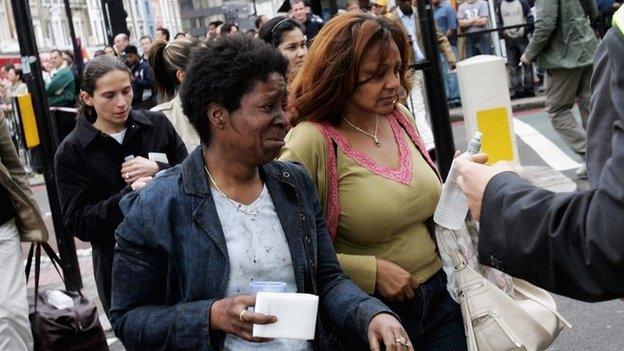
Unions are concerned about safety because London Underground staff numbers will be cut
There are, however, big changes on the underground with staff numbers due to be reduced by around 850.
The Rail, Maritime and Transport (RMT) union said it remains concerned that reducing staff will affect emergency response, but LU disputes that.
The RMT said: "Once again the union will be raising with the employers the essential and safety-critical role that our members have to fulfil in terms of being the eyes and ears on our trains, the underground, buses and ferry services.
"They are also the pivotal factor in safe and efficient evacuation in the event of an alert being raised.
"We now expect cuts to those staff numbers to be halted and reversed by London Underground and the train companies."
- Published29 June 2015
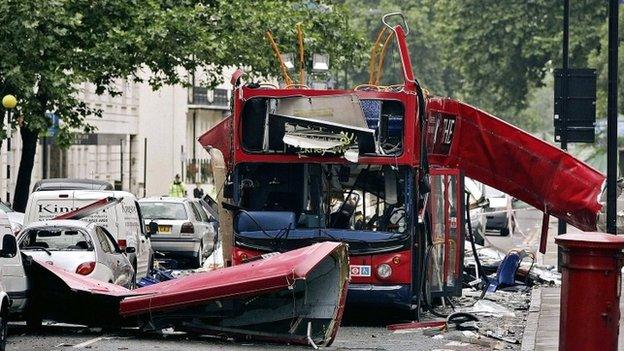
- Published29 June 2015
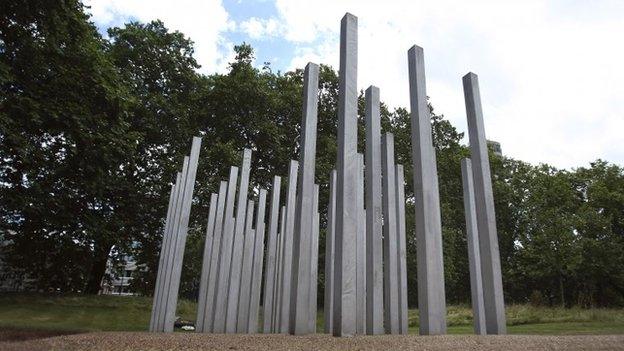
- Published29 June 2015
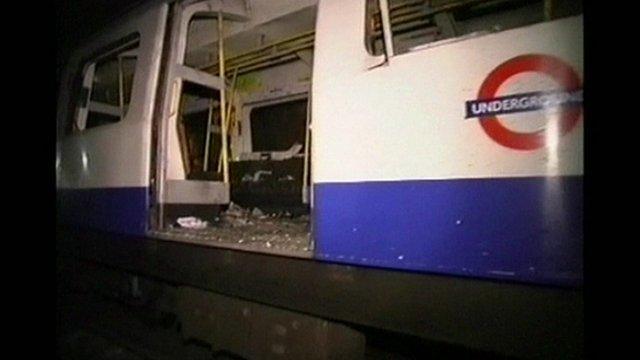
- Published25 June 2015
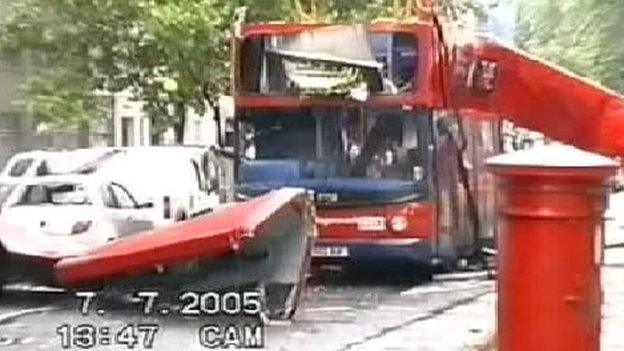
- Published6 May 2011
